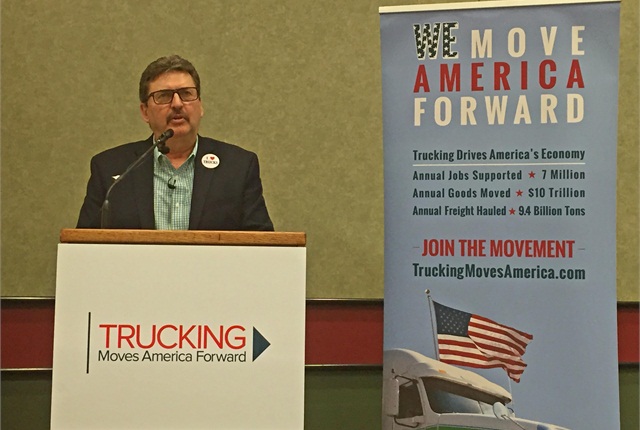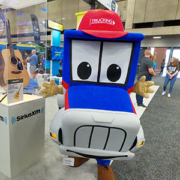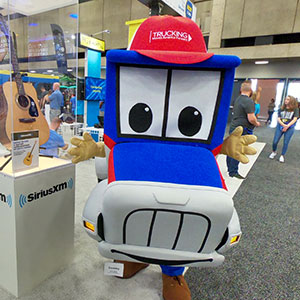Post Independent (Colo.): Summer travel offers chance to thank a trucker

In addition to fireworks, barbecues and pool parties, the Fourth of July also means summer driving is in full swing. This year is especially busy, with AAA reporting that low gas prices will add to the millions already making holiday weekend road trip plans.
While most news stories tend to focus on traffic levels, fuel prices and miles driven, we should also take the holiday as time to reflect on with whom you’ll be sharing the road — namely, professional truck drivers.
Your first thought when passing a tractor-trailer might simply be to avoid this hefty vehicle next to you on the highway. But in reality, there’s much more to it. That big automobile is a vital part of the economy in Garfield County and communities all across the country. And it’s driven by one of 3.4 million professional truck drivers — men and women, mothers and fathers, young and old — who are proud of the hard work they do to move our nation forward.
Where does this pride come from? We can start with the economics and the fact that here in Colorado, nearly 80 percent of communities depend exclusively on trucks to receive their goods. And Colorado trucking companies contribute almost $400 million in federal and state roadway taxes. Additionally, more than 37,000 Colorado jobs come thanks to 12,660 trucking companies located here.
By moving nearly 10 billion tons of freight nationwide each year, trucking is indeed one of the most important barometers for the strength of the American economy. When more trucks are on the road, more freight is being transported, and more goods are being produced and delivered — and that’s good news for everyone.
The pride in our work doesn’t end with economic contributions either. Each day, in every corner of the country, all 7 million professionals in the trucking industry are making strides to do their jobs more safely than ever. Since 1975, the truck-involved fatality rate has decreased by a whopping 74 percent. In the last decade alone, the figure has dropped 17 percent, even with the industry operating an additional 2.7 million trucks and driving an additional 54 billion miles over that time.
More trucks on the road, billions more miles driven, and fewer crashes is no easy feat, but we know that this progress has improved driving conditions for trucking employees and everyday motorists alike. Going forward, we will continue to take positive steps, such as high fuel-efficiency standards, increased training that emphasizes fuel-saving driving techniques, and further improvements to safety and packaging practices.
So when your family is on the road this weekend and you pass a tractor-trailer, you’re looking at more than an imposing 18-wheeler. Instead, you’re seeing a vehicle that delivers the clothes and toys you and your children will take to the beach this weekend, the medical supplies you’ll need all year long, and much more. You’re seeing a machine driving the economy of communities across the country — not only during the summer driving season, but through the winter snowstorms, over the weekends and on holidays.
And you’re seeing an impressive truck driven by one of millions of professionals committed to safely sharing the road, delivering the products you need, and moving America forward.
Kevin Burch is the co-chairman of Trucking Moves America Forward, first vice chairman of American Trucking Associations and president of Ohio-based Jet Express.
Link: Post Independent






